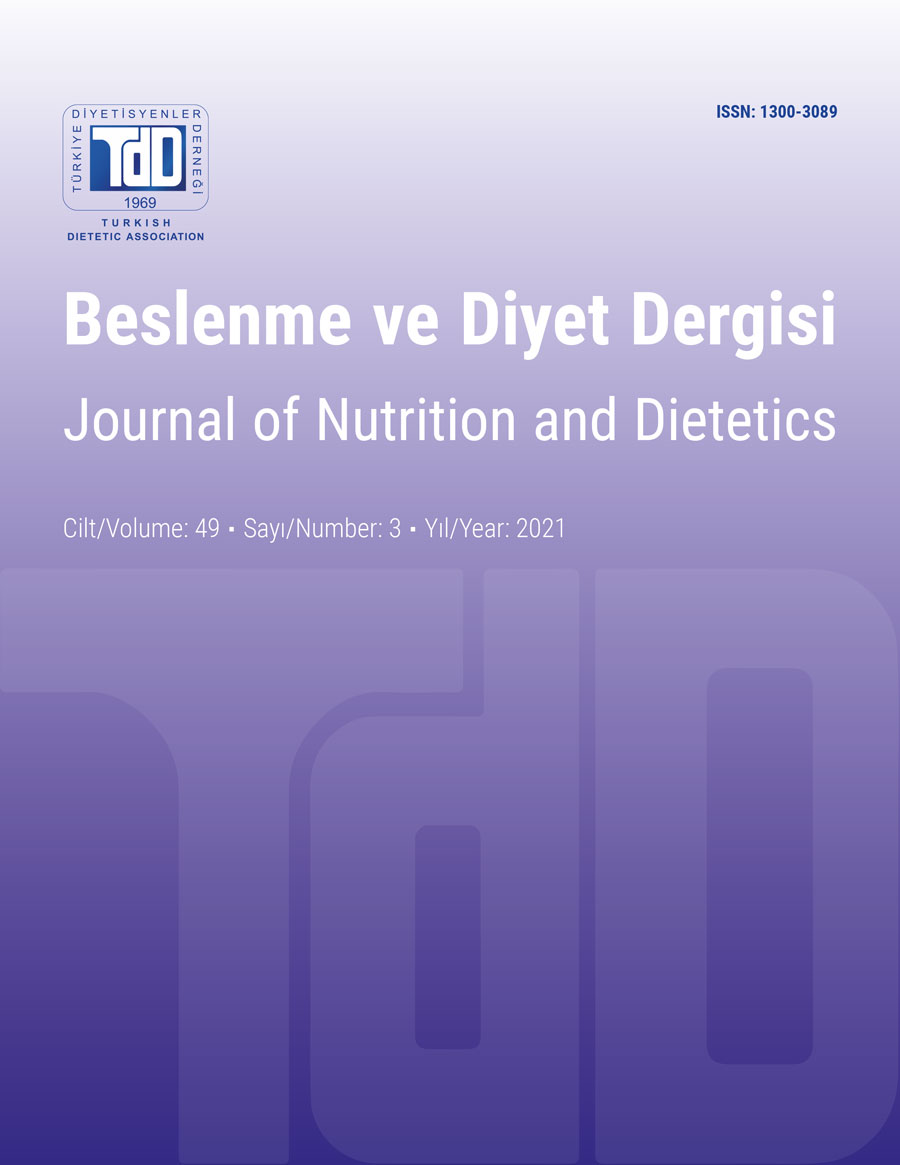Polycystic Ovary Syndrome, Obesity and Melatonin: An Etiological Perspective
DOI:
https://doi.org/10.33076/2021.BDD.1518Keywords:
obesity, melatonin, polycystic ovary syndrome, energy balanceAbstract
Although the reproductive and metabolic dysfunctions associated with polycystic ovary syndrome are clearly known, the mechanisms between these dysfunctions are still unclear. One of the hypotheses put forward for these mechanisms is related to circadian rhythm. To date, many reproductive and metabolic dysfunctions have been associated with circadian rhythm disorders. Especially in women with polycystic ovary syndrome, the relationship between melatonin rhythm, which lasts until late in the morning and starts early at night, and metabolic dysfunctions has been revealed by recent studies. When the relationship between obesity and melatonin is examined, it is clearly seen that melatonin exhibits its effect on energy expenditure rather than energy intake. This hormone affects energy expenditure through adipogenesis, thermogenesis, mitochondrial functions and adipocytokines release, and shows anti-obesity effect. It is thought that this review will shed light on further studies on the therapeutic use of melatonin in obesity associated with polycystic ovary syndrome and contribute to the development of strategies for the prevention of obesity.

